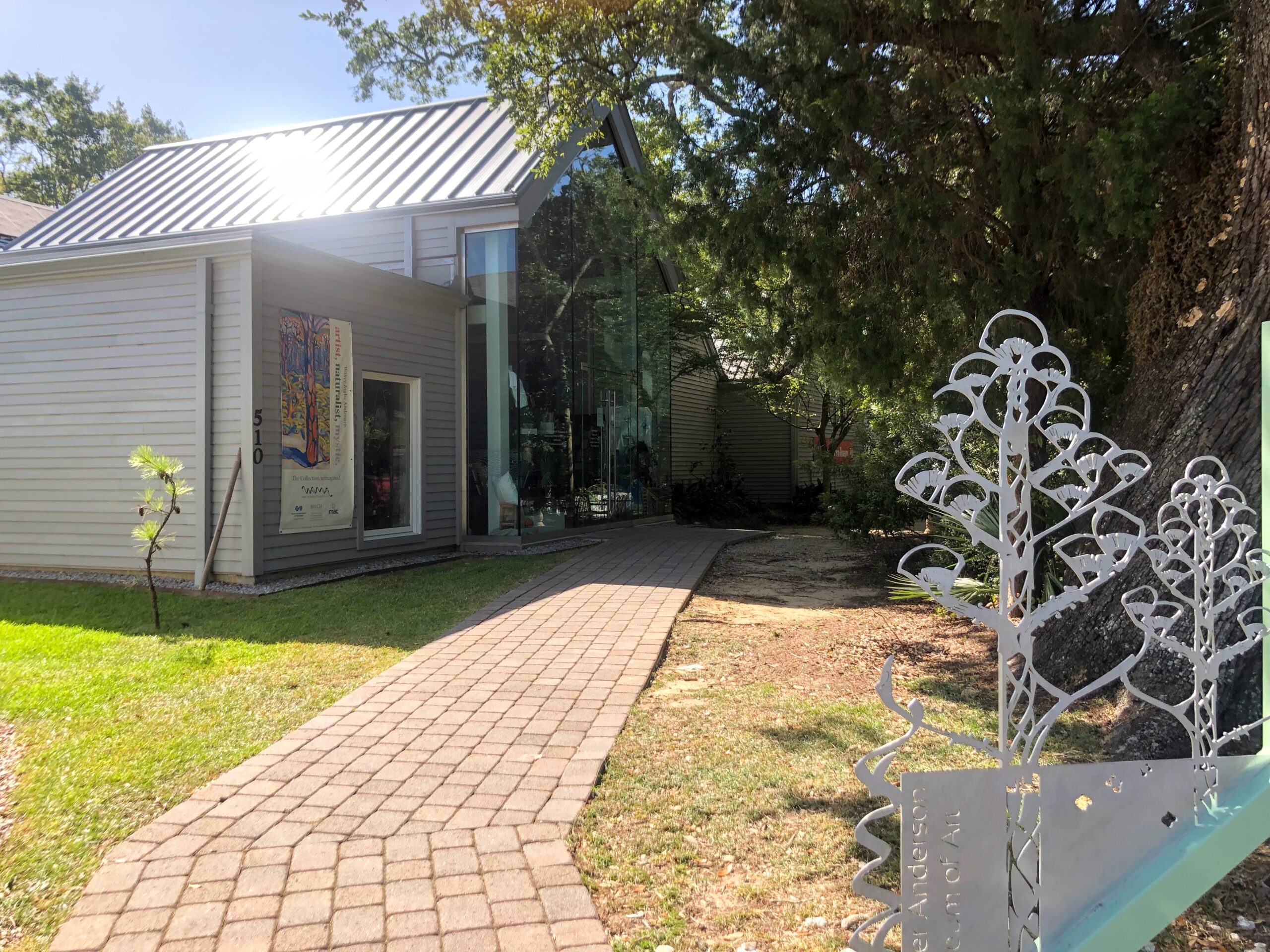Walter Anderson: A Creative Odyssey Through Nature’s Tapestry
A visionary painter, potter, and philosopher, Walter Anderson embarked on a creative odyssey that blended his artistic prowess with an unbridled passion for the natural world. Born in 1903, Anderson returned to his Mississippi roots, where he collaborated with his brother at Shearwater Pottery in Ocean Springs. The potter’s wheel was just the beginning for Anderson, as he found his artistic voice in murals during the 1930s. His marriage to Agnes Grinstead Anderson in 1933 marked the beginning of a family life that would witness both joy and profound challenges. As the late 1930s unfolded, Anderson faced the onset of mental illness, leading to a three-year hospitalization. Emerging from this ordeal, he sought solace at Oldfields Plantation in Gautier, where he immersed himself in literature and visual art. Anderson’s voracious reading habits manifested in nearly ten thousand pen-and-ink drawings, watercolors, tempera paintings, and block prints—each a vibrant illustration of his favorite literary works. An Alphabet, a book crafted for his children, showcased Anderson’s versatility as an artist and storyteller. For Anderson, books were a way of life to distill timeless epics and find realization and meaning. Nature had always captivated Anderson and natural scenes infused his artwork during his time at Oldfields. In 1947, secluding himself at Shearwater, he wrote, painted, decorated pottery, and carved. His sanctuary, Horn Island, became a muse for his paintings and drawings, capturing the intricate details of its flora and fauna. Anderson tied himself to a tree during a hurricane, seeking to experience the raw power of nature. He documented everything from the life of a spotted frog to the ecological impact of pesticides. Despite his deep connection to nature, Anderson’s life was cut short by lung cancer in 1965. The legacy of this artistic trailblazer lives on through the Walter Anderson Museum, established in 1991 in Ocean Springs. The Smithsonian Institution paid homage to Anderson’s centennial in 2003 with a significant exhibition. However, the devastating Hurricane Katrina in 2005 damaged or destroyed many of Anderson’s works, prompting conservators to undertake the daunting task of saving and restoring his invaluable creations. Walter Anderson’s life, marked by creative exploration and a profound communion with nature, remains an enduring source of inspiration for future generations.
